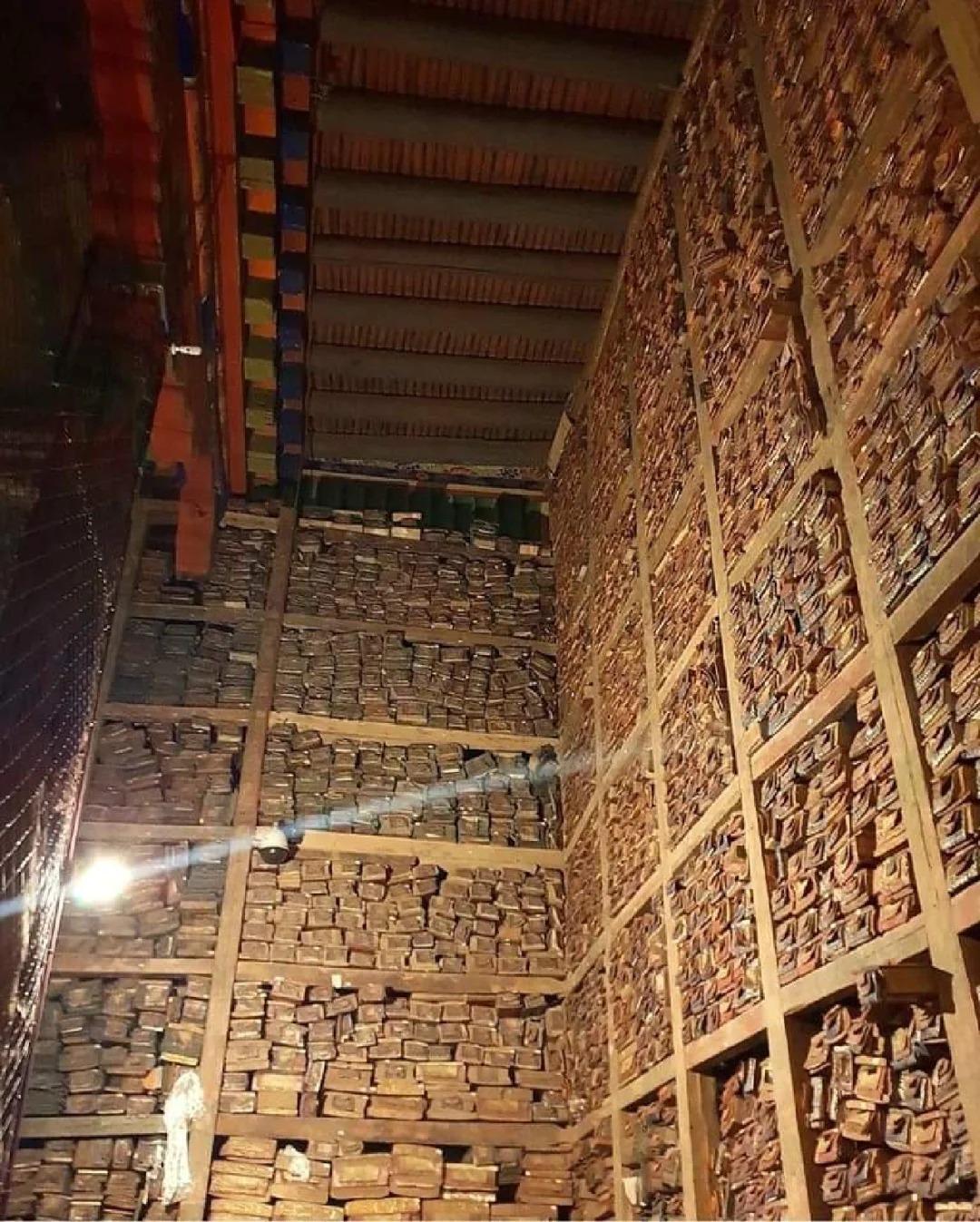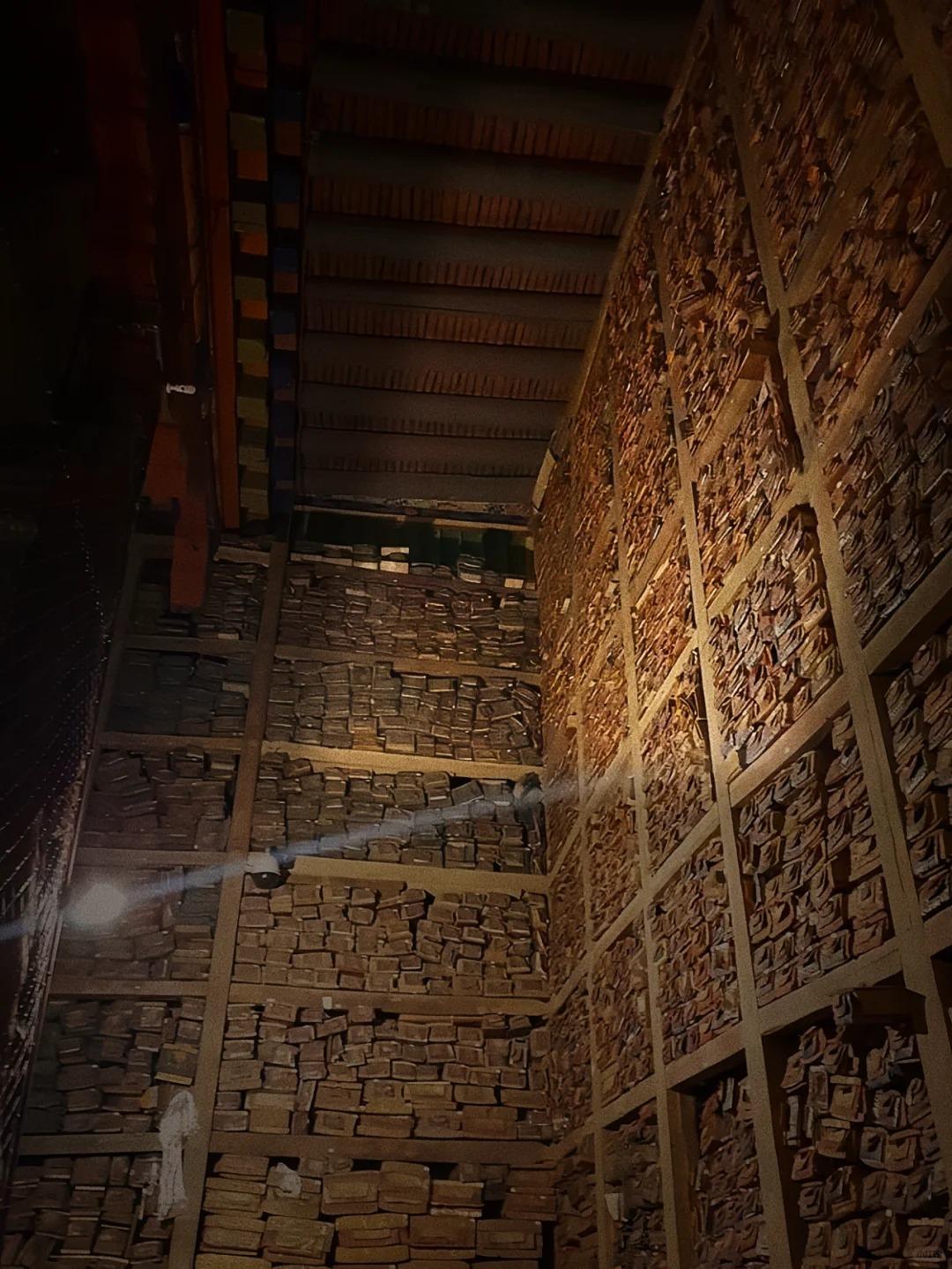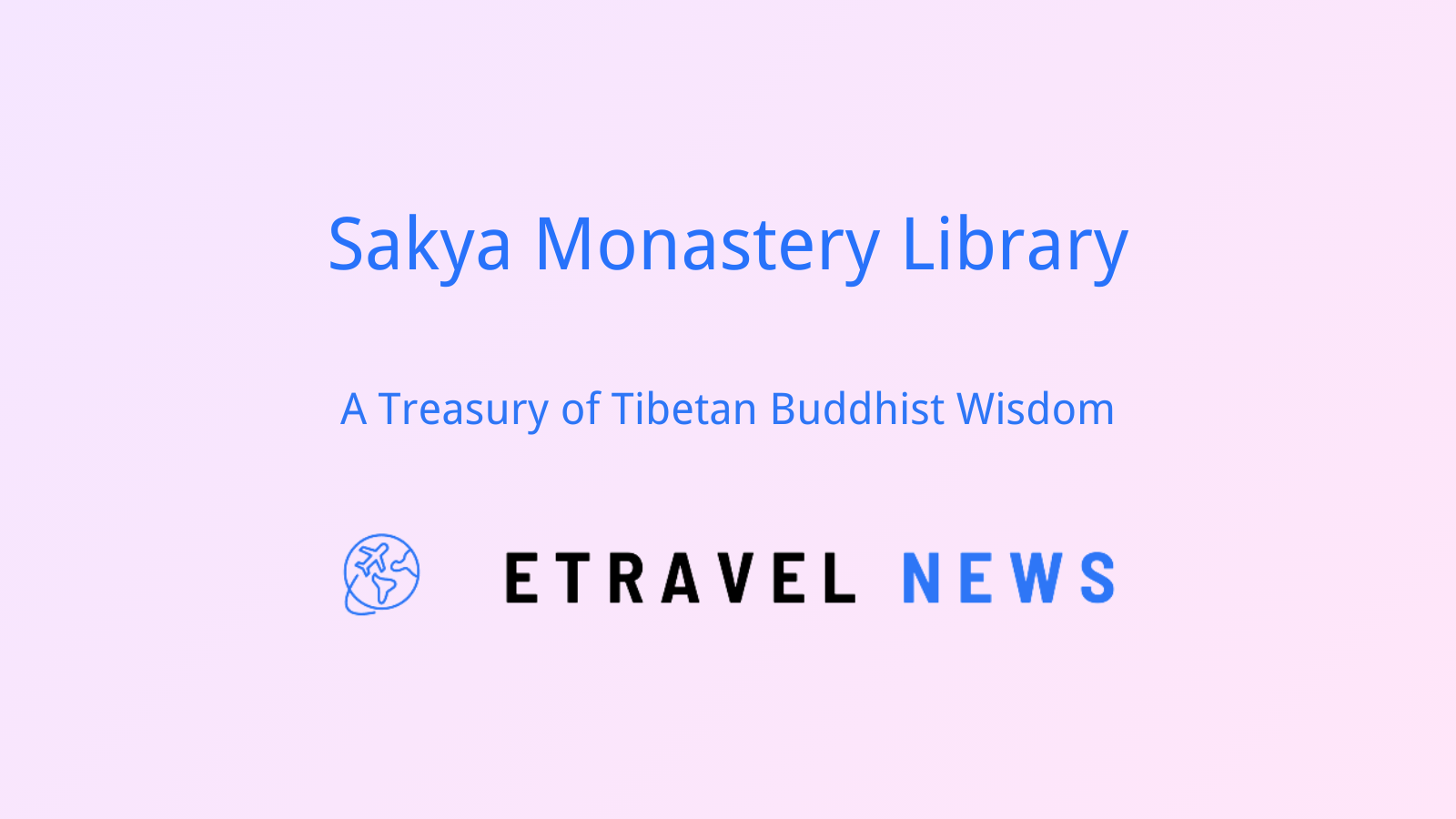Introduction to Sakya Monastery Library
Nestled within the historic Sakya Monastery in Tibet’s Shigatse Prefecture, the Sakya Monastery Library stands as a beacon of Tibetan Buddhist scholarship. This venerable institution, revered as one of Tibet’s most significant libraries, houses an unparalleled collection of ancient texts and manuscripts.
The library’s importance extends far beyond its walls, playing a crucial role in preserving and disseminating Tibetan Buddhist knowledge. Scholars and pilgrims alike are drawn to this literary sanctuary, seeking enlightenment within its vast repository of wisdom.

Historical Background
Sakya Monastery, founded in 1073 AD by Khön Könchok Gyalpo, has been a center of Buddhist learning for nearly a millennium. The library’s establishment soon followed, growing in tandem with the monastery’s rising influence in Tibetan Buddhism.
| Key Dates | |
|---|---|
| 1073 AD | Founding of Sakya Monastery |
| 1268 AD | Sakya becomes seat of Tibetan authority |
| 14th-15th century | Golden age of text collection |
The Sakya school, known for its emphasis on scholarship, played a pivotal role in preserving Buddhist texts during tumultuous periods of Tibetan history. The library became a safe haven for rare manuscripts, some rescued from other monasteries during times of conflict.
Architectural Features and Design
The library building itself is a masterpiece of traditional Tibetan architecture. Its sturdy stone walls, adorned with intricate carvings and vibrant paintings, house countless treasures within. The structure’s design incorporates elements to protect its precious contents:
- Thick walls provide natural insulation
- Small, high windows minimize direct sunlight exposure
- Traditional Tibetan woodwork in shelving and furnishings
Modern conservation techniques have been carefully integrated, including climate control systems and fire suppression measures, ensuring the preservation of these irreplaceable texts for future generations.

The Collection
The Sakya Monastery Library boasts an extensive collection of Buddhist texts, including:
- Ancient sutras and tantras
- Philosophical treatises
- Historical records and biographies
- Medical and astrological texts
Among its most prized possessions are rare editions of the Kangyur and Tengyur, the core texts of Tibetan Buddhism. The library also houses unique manuscripts penned by renowned Sakya masters, offering invaluable insights into the development of Buddhist thought.
In recent years, efforts to digitize the collection have gained momentum. This initiative aims to preserve these ancient works and make them accessible to scholars worldwide, balancing preservation with the dissemination of knowledge.
Cultural and Religious Significance
The library serves as a cornerstone of Tibetan Buddhist education, particularly within the Sakya tradition. It provides an invaluable resource for monks, scholars, and researchers delving into the depths of Buddhist philosophy and practice.
Beyond its academic importance, the library embodies the living tradition of Tibetan Buddhism. It stands as a testament to the resilience of Tibetan culture, having survived centuries of political and social upheaval.
For many Tibetans, the library represents a tangible link to their spiritual and cultural heritage, inspiring a sense of pride and continuity with the past.

Visitor Experience
Access to the library is carefully managed to protect its precious contents. Visitors are typically allowed to view the library as part of guided tours of Sakya Monastery. While direct handling of texts is restricted to scholars with special permission, visitors can still marvel at:
- The impressive architecture of the library building
- Displays of selected manuscripts and their ornate covers
- The peaceful atmosphere of centuries of accumulated wisdom
Photography is generally not permitted inside the library to protect the delicate manuscripts. However, the exterior and other parts of the monastery offer ample photo opportunities.
Practical Information for Travelers
To reach Sakya Monastery:
- From Lhasa: Approximately 8-hour drive
- From Shigatse: About 2-hour drive
Best times to visit:
- May to October for milder weather
- Consider timing your visit with the Sakya Festival in November/December
Accommodation options are limited but include:
- Basic guesthouses in Sakya town
- More comfortable hotels in nearby Shigatse
Important travel considerations:
- Tibet Travel Permit required for all foreign visitors
- Group tours are mandatory for most foreign travelers
- Respect local customs and dress modestly
The Sakya Monastery Library offers a rare glimpse into the rich tapestry of Tibetan Buddhist scholarship. As you stand before its ancient walls, you’re not just observing a collection of old books, but bearing witness to centuries of spiritual devotion and intellectual pursuit. The library’s enduring presence serves as a bridge between past and present, inviting visitors to contemplate the profound wisdom preserved within its walls. Whether you’re a scholar of Buddhism or a curious traveler, a visit to this remarkable institution promises to be a deeply enlightening experience, offering insights into the heart of Tibetan culture and spirituality.






